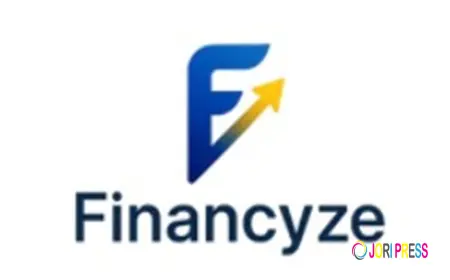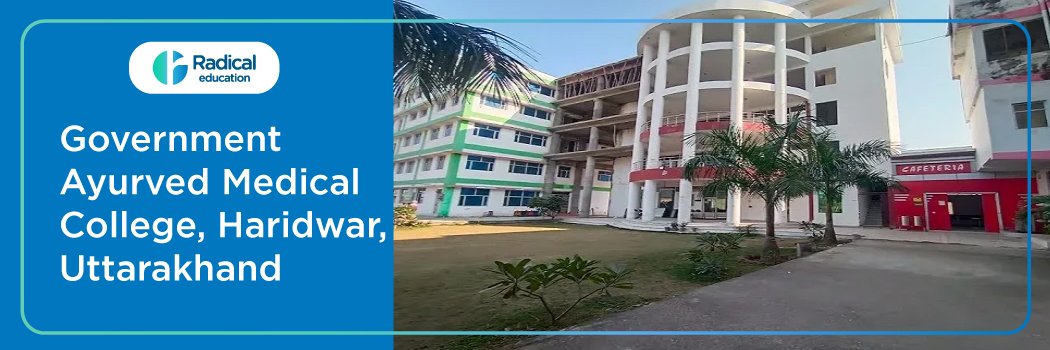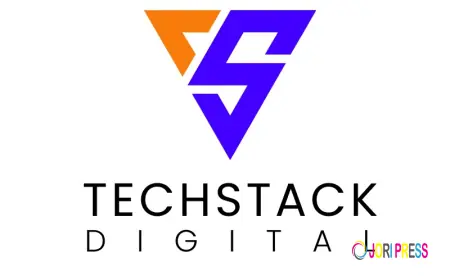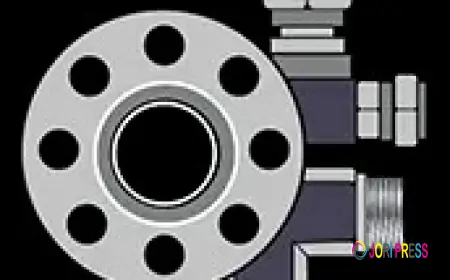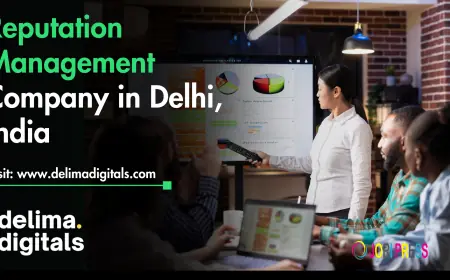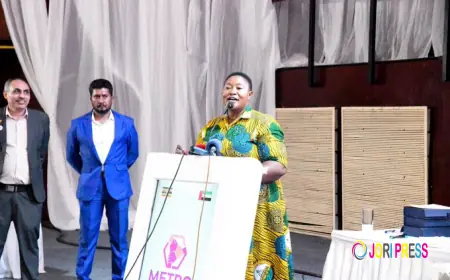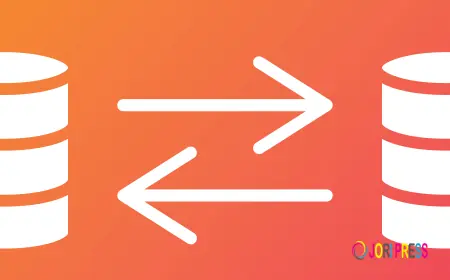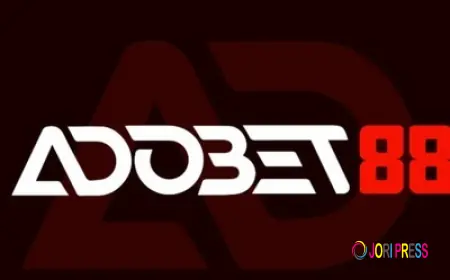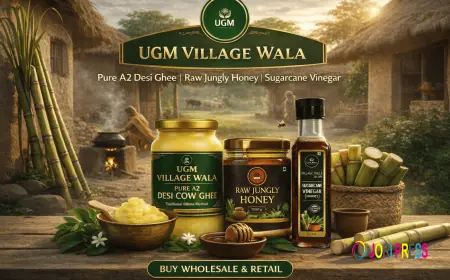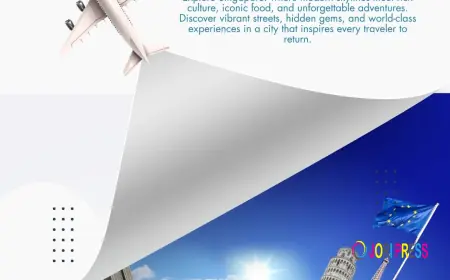From Waste to Resource: Growth in Recyclable Packaging
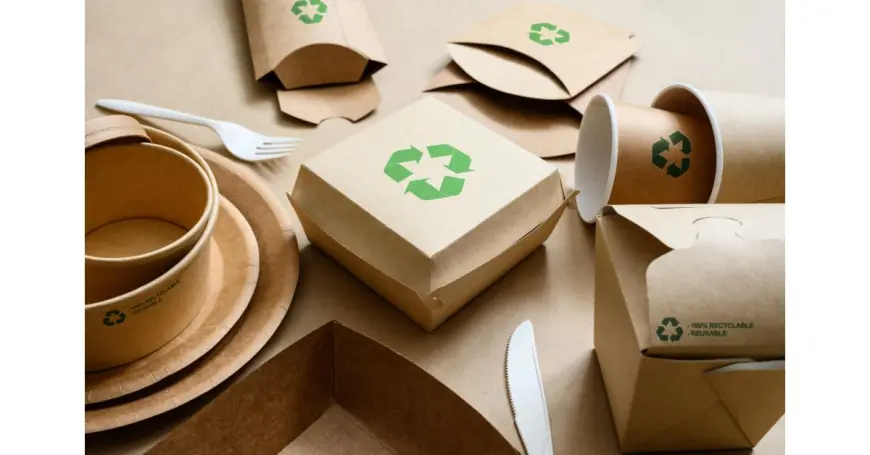
Driven by environmental urgency and consumer demand, the global recyclable packaging market is rising as industries shift from linear “take-make-dispose” systems toward circular, low-waste solutions. Recyclable packaging is designed to be collected and reprocessed into new materials, reducing waste, conserving resources, and lowering carbon emissions.
Used across food & beverage, consumer goods, e‑commerce, personal care, and industrial sectors, recyclable packaging materials—like PET, cardboard, aluminium, and mono‑material films—are propelling sustainable packaging strategies.
Market Overview
The recyclable packaging sector focuses on materials and design techniques promoting closed‑loop recycling. PET and HDPE are common plastic substrates; paper/cardboard is widely used for boxes and wraps; aluminium is essential for cans and foils. Innovations in mono-material films, eco-coatings, and tamper-evident closures enhance both recyclability and performance.
Global growth is spurred by regulatory mandates aiming for high recycling rates, extended producer responsibility programs, and the rise of eco-conscious brands. Yet, technical and infrastructure challenges continue to influence adoption and effectiveness.
Click here to download a sample report
Key Market Drivers
- Regulatory Pressure and Waste Targets
Bans on single-use plastics, mandatory recyclability standards, and deposit schemes are accelerating demand for recyclable packaging. - Corporate Sustainability Initiatives
Brands and retailers are transitioning to recyclable packaging to meet environmental pledges and consumer expectations. - Circular Economy Frameworks
National and global policies are prioritizing reuse and recycling, reinforcing recyclable packaging adoption. - Technological Innovations
New high-recovery polymers, recyclable adhesives, and sorting-friendly packaging improve efficiency in recycling streams. - Consumer Environmental Awareness
Demand for sustainable products is rising, especially in categories where packaging is a major differentiator.
Market Segmentation
By Material Type
- Paper & Cardboard
- Rigid Plastics (e.g., PET, HDPE)
- Flexible Plastics – Mono-material Films
- Aluminium (cans, foil, trays)
- Glass
By Application
- Food & Beverage
- Consumer Goods & Personal Care
- Retail & E-commerce
- Industrial & Protective Materials
- Others (e.g., pharmaceuticals, electronics)
Regional Insights
- Europe
Leading in recyclability mandates and infrastructure—key markets include Germany, France, and the Nordics. - North America
Growth supported by corporate recycling targets and waste management reform push. - Asia-Pacific
Rapid expansion driven by consumer goods industries and rising regulatory programs in China, Japan, and India. - Latin America
Emerging adoption enhanced by circular economy collaborations and packaging modernization. - Middle East & Africa
Growing uptake in urban centers and tourism-related packaging, still at early growth stages.
Competitive Landscape
The market is diverse, featuring packaging producers, material manufacturers, recyclers, and sustainability-driven startups.
Strategic Priorities Include:
- Eco-material development (e.g. mono-layer films, paperboard)
- Collaborations with brands on recyclable design
- Digital Sure programs, such as packaging traceability and labeling
- Expansion into decentralized recycling infrastructure
- Participation in eco-labeling and certifications (e.g. How2Recycle, FSC)
Technological & Product Trends
- Monomaterial Structures for Plastics
Enhances recyclability by simplifying separation. - Digital Checkout Recycling Labels
Educates consumers on sorting and recycling streams. - PCR (Post-Consumer Recycled) Content
Growing use of recycled, food-grade PET and HDPE in packaging. - Barrier Coatings Compatible with Recycling
Replace multi-layer laminates with recyclable alternatives. - Smart Packaging Participation
QR codes communicate recycling tips and waste collection locations.
Challenges and Restraints
- Fragmented Recycling Infrastructure
Inconsistent collection and sorting capabilities limit actual recycling rates. - Complex Packaging Designs
Mixed materials and adhesives reduce recyclability. - Cost Pressures
Recyclable materials and design modifications can increase packaging costs. - Lack of Consumer Clarity
Confusion over labeling claims can compromise the recycling chain. - End-of-Life Management
Single-use recyclable materials may still face incineration or landfill when systems aren't in place.
Future Outlook (2024–2032)
Growth will be underpinned by:
- Stronger legislation with packaging recyclability requirements
- Investments in advanced recycling systems and labeling infrastructure
- Corporate scaling of PCR-based packaging in high-volume goods
- Wider adoption of recyclable formats (e.g. pouch to PET, carton to fiber)
- Integrating smart packaging features to support circularity and consumer engagement
Conclusion
The global recyclable packaging market is integral to transitioning away from wasteful linear models toward regenerative packaging systems. With consumer and regulatory pressure rising, recyclable materials and designs will increasingly be central to ESG initiatives.
For significant impact, stakeholders must invest in infrastructure, labeling clarity, and product innovations. Through 2032, recyclable packaging is set to become a standard approach in packaging evolution and sustainability strategies worldwide.
What's Your Reaction?
 Like
0
Like
0
 Dislike
0
Dislike
0
 Love
0
Love
0
 Funny
0
Funny
0
 Angry
0
Angry
0
 Sad
0
Sad
0
 Wow
0
Wow
0


